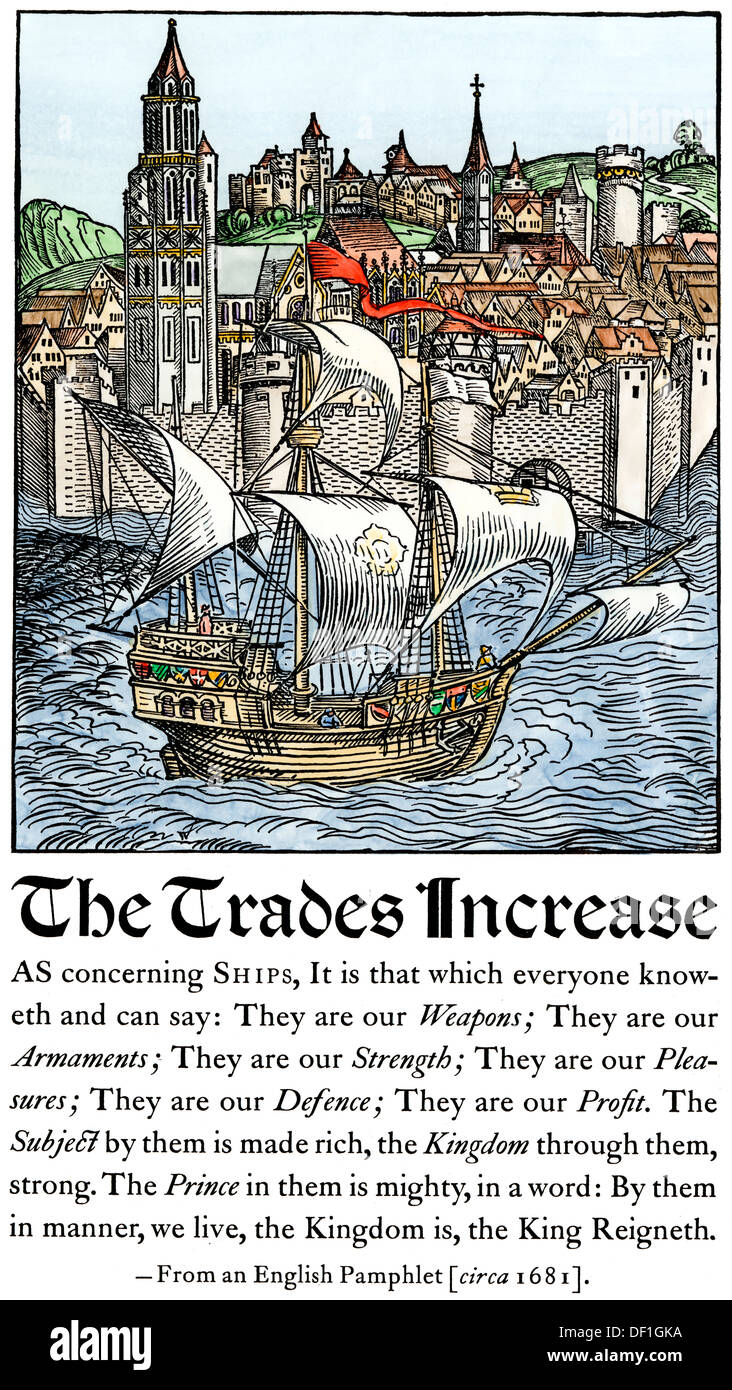Bustling Market Days in Amersfoort
In the 16th century, Amersfoort was a vibrant hub of trade in the Netherlands. Market days were particularly lively, with merchants setting up stalls along the cobblestone streets. The air was filled with the sounds of haggling and the clatter of wooden carts. Farmers from the surrounding countryside brought fresh produce, while traders offered goods like textiles, spices, and pottery.
The Role of the Eem River

The Eem River played a crucial role in Amersfoort's trade. It connected the city to larger trading networks, allowing goods to flow in and out efficiently. Barges laden with grain, timber, and other commodities were a common sight, navigating the river's gentle currents. This waterway was essential for transporting bulk goods that were too heavy for overland routes.

Merchants and Their Wares

Merchants in Amersfoort were known for their diverse offerings. Local artisans sold handcrafted items such as leather goods and metalwork. Imported goods, including exotic spices from the East Indies and fine silks from Asia, were highly sought after. These items were often displayed prominently to attract the attention of affluent buyers.
The Influence of Guilds
Guilds were powerful entities in Amersfoort, regulating trade and maintaining quality standards. Each guild represented a specific trade, such as the bakers or the cloth merchants. They set prices, controlled the quality of goods, and protected their members' interests. Guild halls were central to the city's economic life, serving as meeting places and centers of commerce.
Seasonal Fairs and Festivals
Amersfoort hosted several annual fairs that drew visitors from across the region. These events were not only commercial but also social gatherings, featuring entertainment such as music and jousting. The largest fair, held in the spring, was a major event where merchants showcased their best goods, and deals were struck that could sustain businesses for the entire year.










